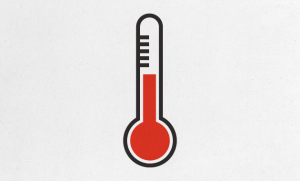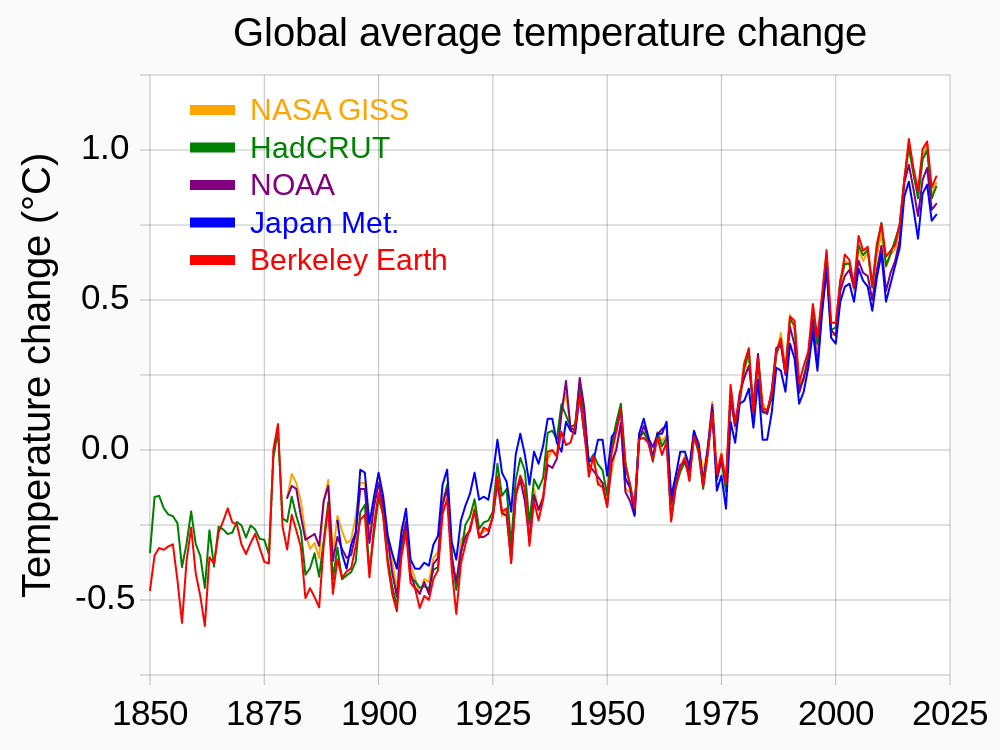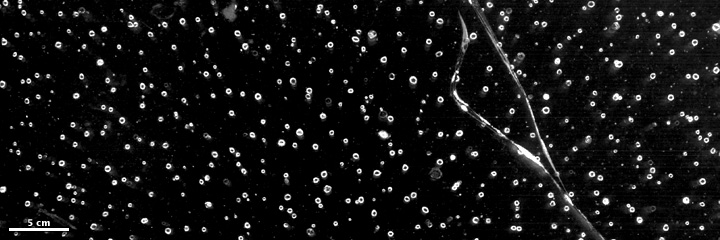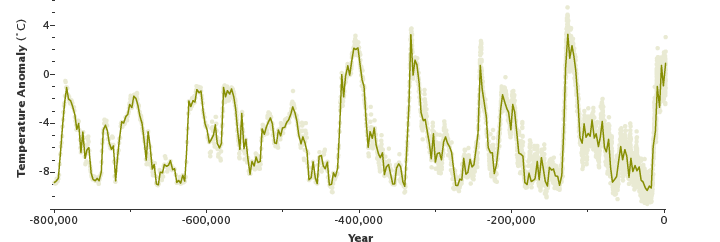Weather Denial Documents - Climate Files
Below is an annotated collection of documents gathered through the years amassing evidence of corporate efforts to deny the connection between climate change and extreme weather events. There are two major blocks of evidence: They knew climate change would cause extreme weather: Corporate...www.climatefiles.com
It's horrible! Oil companies discovered that CO2 is a greenhouse gas and they kept it a secret.






